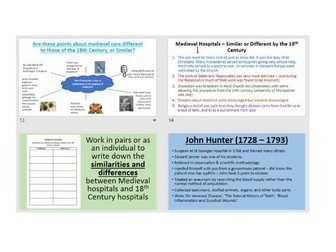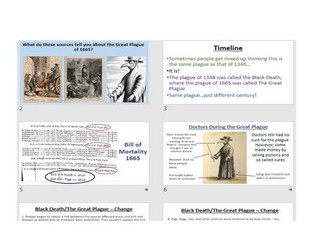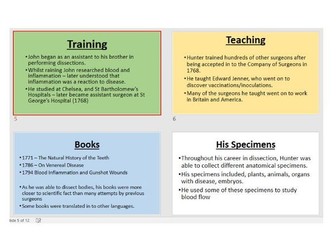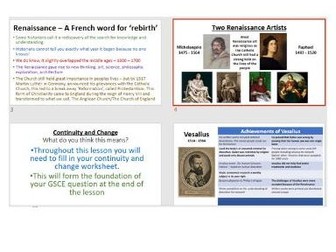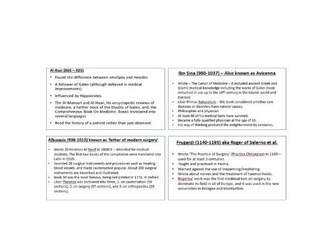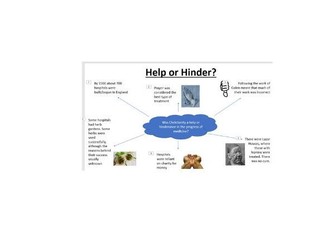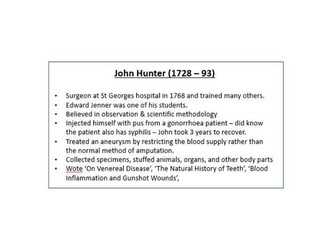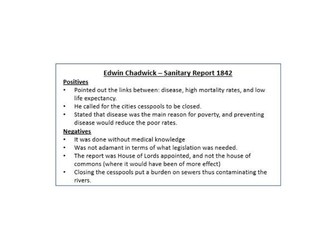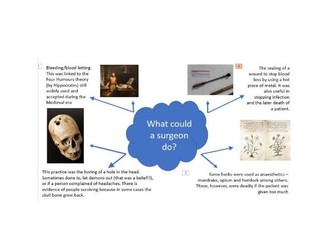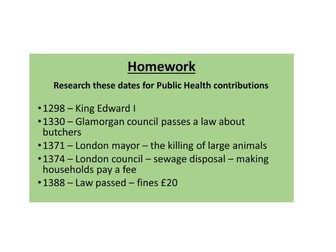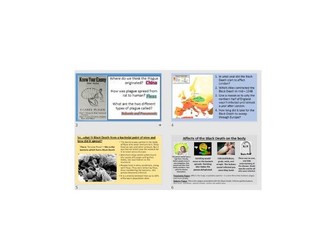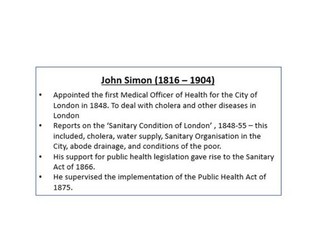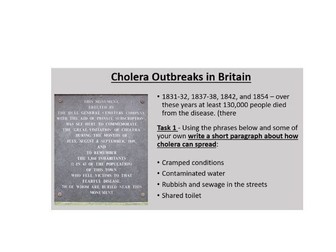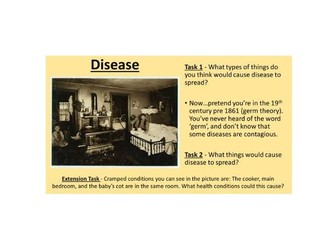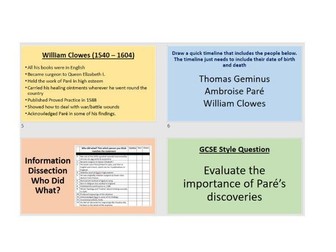TWO LESSONS! The change of hospitals by the 18th century
All pictures are taken from Googles settings of reuse, modify, and commercial use.<br />
This PowerPoint will stretch for two lessons - it is advisable that students take notes, or fill in the similarities and differences sheet as you present each slide. <br />
<br />
Slide 1 - Title page<br />
Slide 2 - Key words<br />
Slide 3 - Recap of Medieval hospitals<br />
Slide 4 - Hospital growth and change<br />
Slide 5 - List of new 18th century hospitals<br />
Slide 6 - The 18th Century hospital<br />
Slide 7 - The Voluntary hospitals of the 1800s<br />
Slide 8 - The Cottage hospital<br />
Slide 9 - Plan of Harlington Cottage Hospital<br />
Slide 10 - Pictures of cottage hospitals<br />
Slide 11 - What hospitals catered for<br />
Slide 12 and 13 - Medieval Christian care - is it similar to 18th century care?<br />
Slide 14 - Medieval Hospitals – Similar or Different by the 18th Century?<br />
Slide 15 - The similarities and differences worksheet - this can be introduced at any time during the lesson.<br />
Slide 16 - John Hunter information slide<br />
Slide 17 - Florence Nightingale information slide<br />
Slide 18 - Homework
